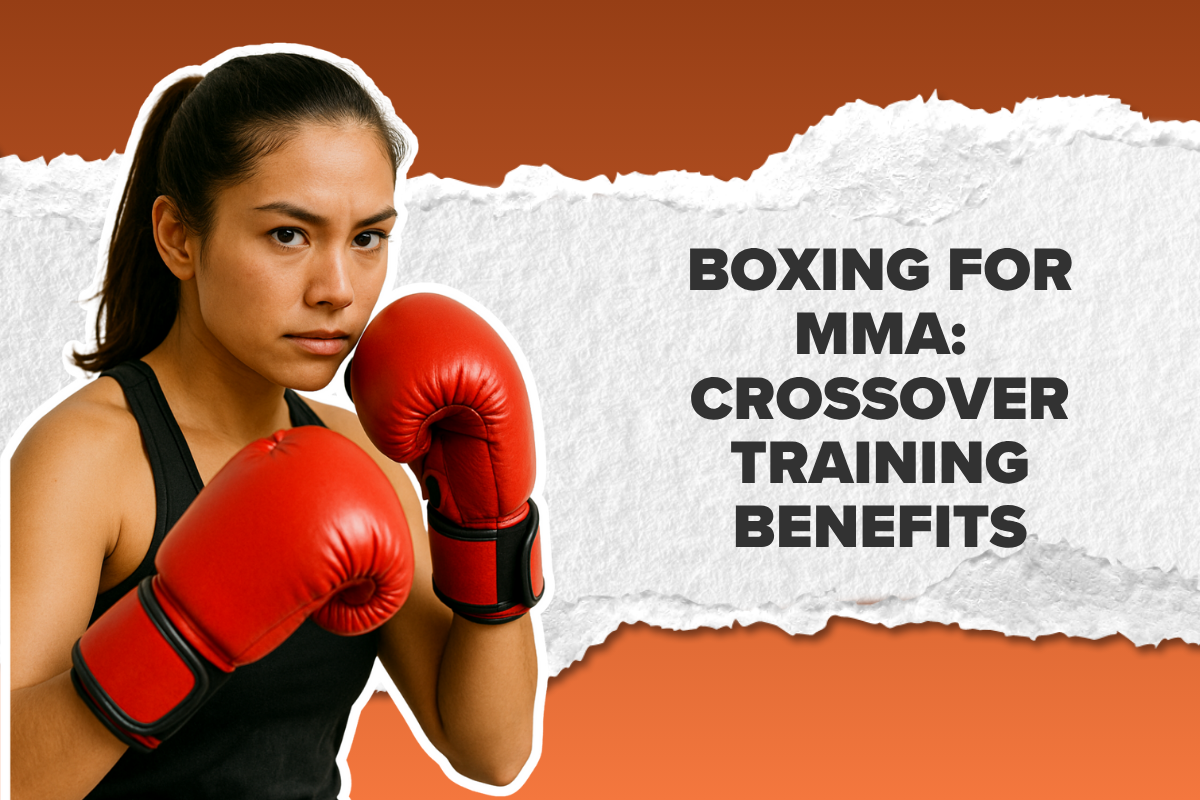If you’ve recently started boxing, you’ve probably noticed there’s more than one type of glove—and not all are made for the same purpose. Two of the most common are bag gloves and sparring gloves, and while they might look similar, they serve completely different roles in your training. Using the wrong type can lead to poor technique, hand injuries, or even hurting your training partner. Here’s everything you need to know to choose wisely.
What Are Bag Gloves?
Bag gloves are designed specifically for hitting equipment—like heavy bags, double-end bags, and mitts. They focus on protecting your hands and wrists from the impact of repetitive striking.
Key Features:
-
Denser padding: To absorb shock from hitting solid targets.
-
Compact design: Slimmer fit for a more natural feel on the bag.
-
Tough exterior: Made from durable leather or synthetic materials that can withstand repeated impact.
-
Weight range: Usually lighter (10–12 oz), allowing faster combinations and better feedback on punches.
Best Used For:
-
Heavy bag training
-
Mitt and pad work
-
Speed and technique drills
Benefits:
-
Helps you build wrist and knuckle conditioning.
-
Allows faster punches and sharper precision.
-
Reduces hand fatigue during long bag sessions.
What Are Sparring Gloves?
Sparring gloves are made for partner training and are designed to protect both you and your sparring partner. The focus here isn’t just your safety, but theirs as well.
Key Features:
-
Softer padding: Distributes impact evenly to minimize injury during sparring.
-
Bulkier design: Provides better cushioning and reduces the chance of cuts or bruises.
-
Weight range: Typically 14–16 oz for most adults; sometimes heavier for advanced fighters or bigger frames.
-
More wrist support: Added protection to prevent sprains when throwing or blocking punches.
Best Used For:
-
Light and controlled sparring sessions
-
Practicing timing, distance, and defense
-
Simulating real fight conditions safely
Benefits:
-
Protects your sparring partner from unnecessary impact.
-
Builds realistic fight rhythm and endurance.
-
Helps refine technique under controlled conditions.
Main Differences: Bag Gloves vs. Sparring Gloves
| Feature | Bag Gloves | Sparring Gloves |
|---|---|---|
| Purpose | For training on bags, pads, and mitts | For live sparring with partners |
| Padding Type | Dense, firm padding for impact absorption | Softer, layered padding for shared protection |
| Weight Range | 8–12 oz (lighter, faster) | 14–16 oz (heavier, safer) |
| Design | Slim and compact | Bulkier with extra cushioning |
| Durability | Built for repetitive impact | Built for comfort and safety |
| Partner Safety | Not suitable for partner use | Designed specifically for sparring safety |
Why You Shouldn’t Use Bag Gloves for Sparring
Bag gloves may feel more compact and powerful, but they’re too dense for sparring. The harder foam can cause bruising or even concussions when sparring partners get hit repeatedly. Using bag gloves in sparring also goes against boxing etiquette—it’s unsafe and inconsiderate.
Sparring gloves, on the other hand, provide enough cushioning to allow for longer, safer sessions where both boxers can learn without unnecessary risk.
Can You Use Sparring Gloves on the Bag?
You can, but it’s not ideal. The softer padding in sparring gloves compresses faster when hitting hard surfaces, causing them to wear out sooner. Over time, this reduces their protective qualities and makes them unsafe for partner work. It’s better to have two pairs—one for bags and one for sparring—to keep both sets in good condition.
How to Choose the Right Pair
-
Determine your primary use:
-
If you mostly do solo workouts—go for bag gloves.
-
If you do partner drills or spar regularly—invest in sparring gloves.
-
-
Choose the right weight:
-
10–12 oz for bag gloves.
-
14–16 oz for sparring (sometimes 18 oz for heavier fighters).
-
-
Check fit and wrist support:
-
Gloves should fit snugly with wraps on.
-
Velcro closures are convenient for bag work; lace-ups offer maximum wrist stability for sparring.
-
-
Invest in quality materials:
-
Genuine leather or high-grade synthetic materials last longer and protect better.
-
Final Thoughts
Bag gloves and sparring gloves may look similar, but their purposes couldn’t be more different. Bag gloves are your go-to for power and endurance training, while sparring gloves are your essential gear for safe, controlled partner work. Owning both not only improves performance but also ensures safety for you and your training partners.
And when you’re ready to upgrade your boxing gear, check out KO Studio—a women’s boxing gear company designed to help fighters train smarter, safer, and stronger every round.



